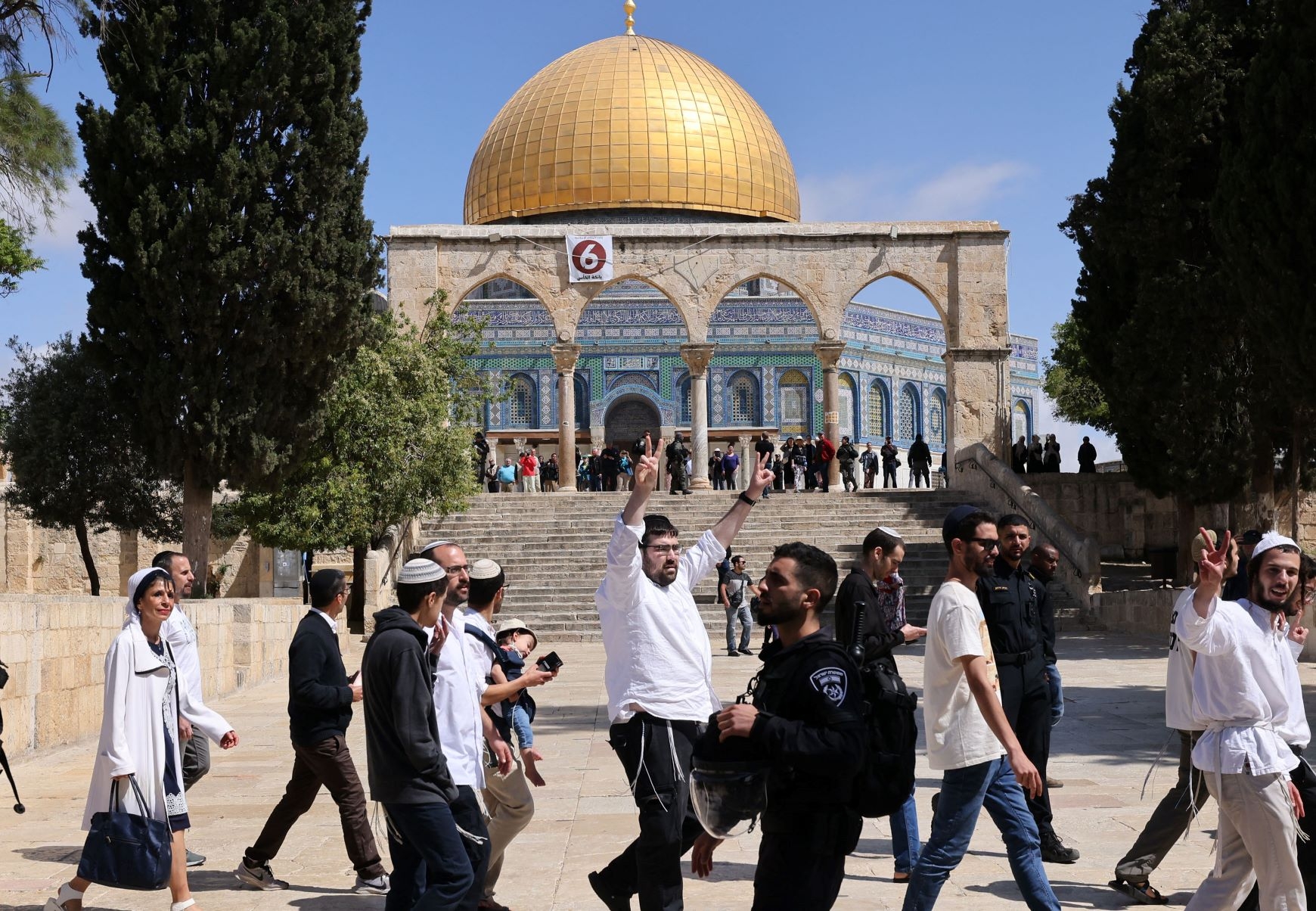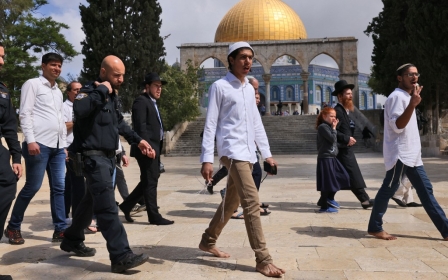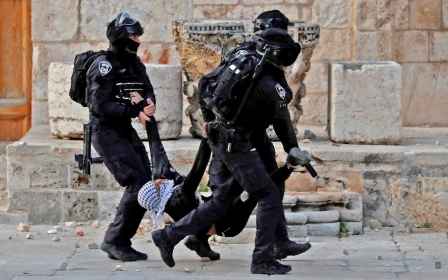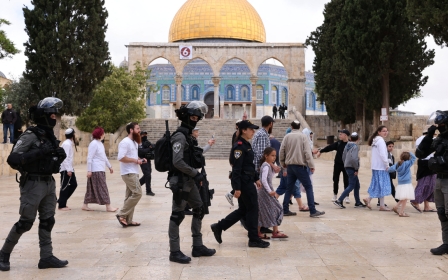Israeli court rules against allowing Jewish prayer on al-Aqsa compound

An Israeli appeals court has quashed a ruling allowing Jewish prayer on al-Aqsa compound in Jerusalem, a move which had provoked heavy criticism from Palestinians.
On Sunday, the Jerusalem Magistrate's Court overturned a police restraining order against three Israeli far-right activists for praying at al-Aqsa Mosque in violation of a longstanding understanding between Israel and Jordan, which administers the affairs of the mosque.
As part of the delicate decades-old arrangement, non-Muslims are allowed to visit al-Aqsa under the supervision of the Waqf, a joint Jordanian-Palestinian Islamic trust that manages the affairs of the mosque.
However, only Muslims are allowed to pray in the courtyards and prayer halls of the mosque.
The three appealed the ban to the magistrate's court, which ruled in their favour.
Judge Zion Saharai, while noting he did not intend to interfere in law enforcement policy, said they had not "raise(d) worry of harm befalling national security, public safety or individual security".
On Thursday, however, his ruling was overturned by the Jerusalem District Court after a counter-appeal from the state.
"The special sensitivity of the Temple Mount cannot be overstated," Judge Einat Avman-Moller said in her ruling, using the Hebrew name for the site.
She said the right to freedom of Jewish worship there "is not absolute, and should be superseded by other interests, among them the safeguarding of public order."
Israel's control of East Jerusalem, including the Old City, violates several principles under international law, which stipulate that an occupying power has no sovereignty in the territory it occupies and cannot make any permanent changes there.
Israeli settlers and far-right activists, protected by the police, storm al-Aqsa Mosque on an almost daily basis.
Such incursions are organised by "Temple Mount" groups who have pushed for an increased Jewish presence at the site and advocate the destruction of al-Aqsa Mosque and the Dome of the Rock to make way for a Third Temple.
Middle East Eye propose une couverture et une analyse indépendantes et incomparables du Moyen-Orient, de l’Afrique du Nord et d’autres régions du monde. Pour en savoir plus sur la reprise de ce contenu et les frais qui s’appliquent, veuillez remplir ce formulaire [en anglais]. Pour en savoir plus sur MEE, cliquez ici [en anglais].





